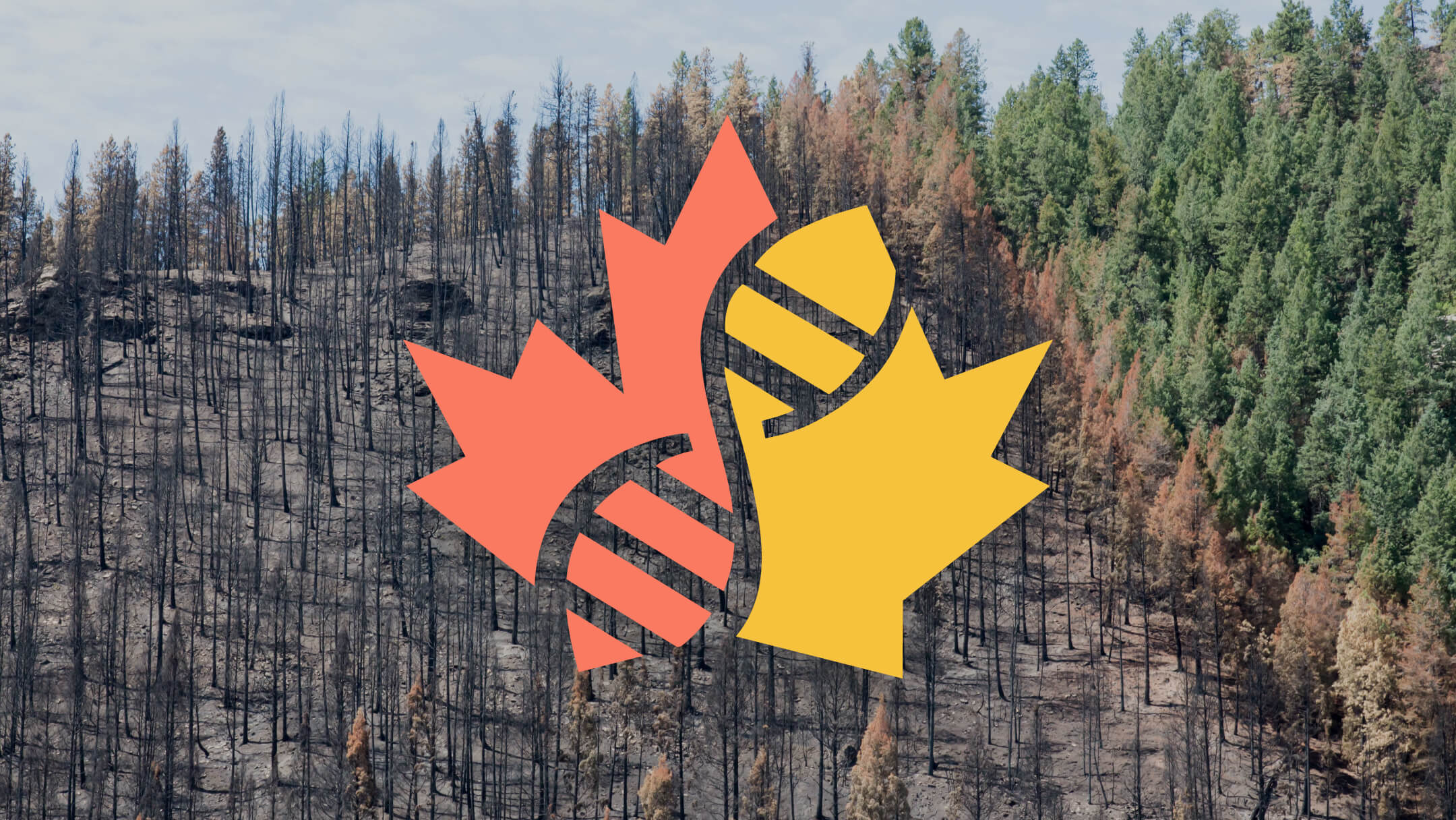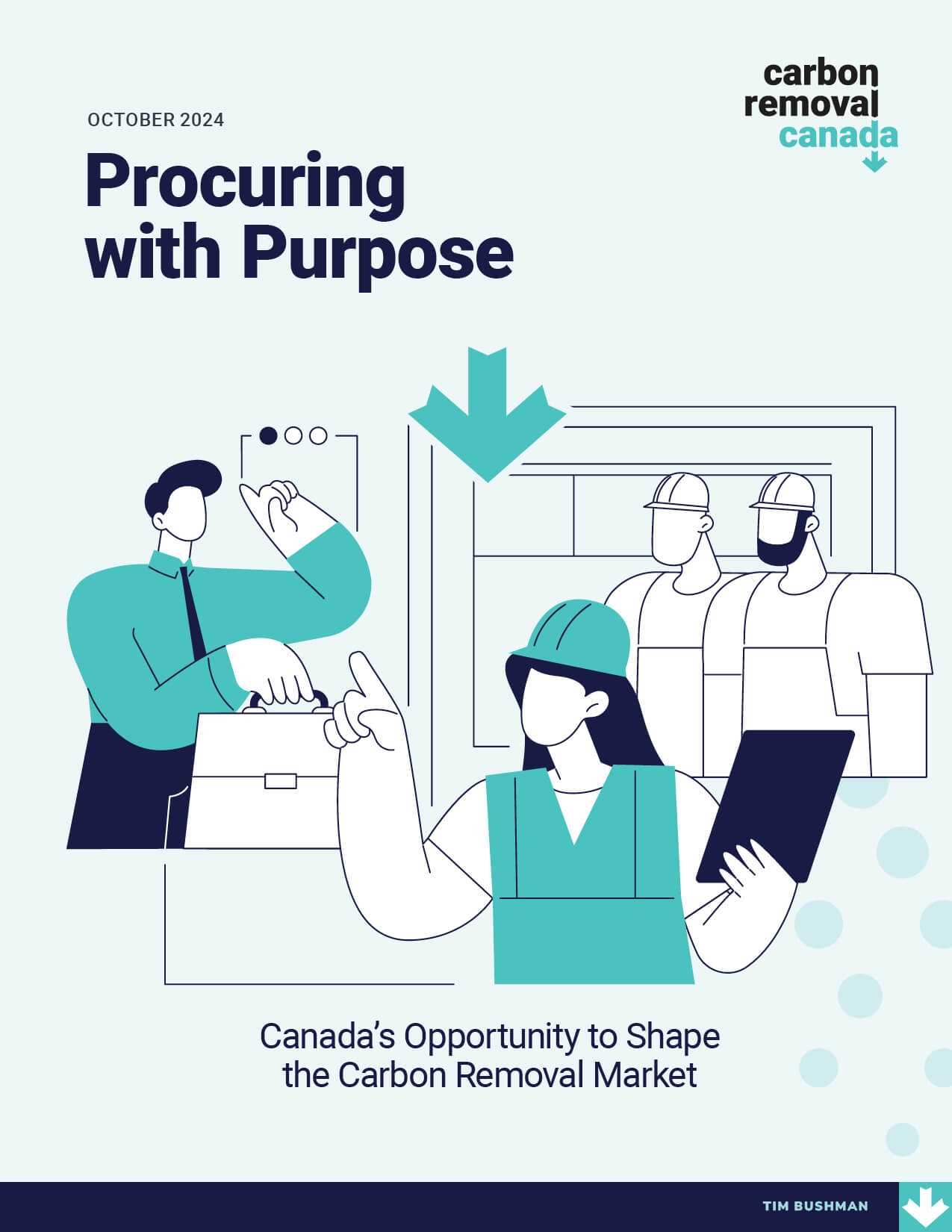With humanity’s centuries of resource extraction and industrialization, as well as global exploitation of lands and waters, Mother Earth is under massive stress due to greenhouse gas emissions and climate change.
While we cannot turn back the hands of time, we can take immediate action by investing in carbon removals alongside the energy transitions and decarbonization efforts from renewable energy, energy optimization, emission reductions, recycling, and reuse systems.
I propose a revolutionary approach to carbon removal, one that I believe is the truly Canadian solution we need: a double helix model merging carbon removal solutions with Indigenous Nations through biochar.
The country of Canada was founded on Indigenous lands and waters. Intricately linked to its DNA, as one strand of the double helix model, is recognizing the role Indigenous Nations play in finding climate solutions. We are on Indigenous lands — and we must acknowledge the unique history and reality of Indigenous Peoples in Canada if we want to see change at scale. The need for Reconciliation and the strength of Indigenous Nations when it comes to combatting climate change is and should be recognized as essential to the DNA of our country, now and going forward.
As our country and many others face unpredictable and catastrophic wildfires, Canada’s vast boreal forest is at risk. With 70% of Indigenous Nations in the boreal forest, they face a threat of wildfires higher per capita than any other population in the country. Beyond threatening the safety of communities, wildfires also threaten these communities’ cultural and economic ties to the forests.
To maintain the strength of our DNA as a country, we must prioritize Reconciliation, protecting Indigenous lands, and taking action on climate solutions.
The second strand in our double helix model is a carbon removal method often overlooked — biochar. Biochar is not a new concept. This form of charcoal, created by superheating biomass, was first identified over 2,500 years ago in the Amazon, where Indigenous Peoples used it to enrich soil. When added to soil, biochar improves vital microorganisms, retains nutrients, and enhances moisture — all essential for plant growth.
Biochar has many more novel uses that can benefit many industries like agriculture, construction, high-tech, livestock uses, materials, medicine, removal of pollutants, and water treatment.
“To maintain the strength of our DNA as a country, we must prioritize Reconciliation, protecting Indigenous lands, and taking action on climate solutions.”
Its ability to affordably and immediately remove carbon from the atmosphere is less understood than some other, more popular methods. Fortunately, recognition for biochar as a powerful carbon removal tool is growing, but it must be scaled and scaled quickly and in a manner that suits Canada’s needs, to truly be effective.
Change is happening. There is now a resurgence and late found respect for Indigenous knowledge and practice. For example, we can look at how Indigenous Nations practiced cultural burning as a way to manage forests and ecosystem relationships with Mother Earth and all other living things. Many Indigenous People also know to go blueberry picking in areas after the regrowth from forest fires. The rebirth of a forest after a cultural burning can literally feed a community.
Likewise, embracing the double helix model of working with Indigenous Nations and using the ancient technology of biochar can lead to real change. An Indigenous biochar double helix model could be launched coast to coast — with waste biomass from the forestry industry, forest management, and the unfortunate preponderance of fire and disease-damaged trees.
Sustainable forest management practices provide the feedstock — which can include damaged and diseased trees — that can be harvested for biochar. As a result, biochar also operates as a solution for the unfortunate diseased tree stock that can fuel the intensity and spread of wildfires to uncontrollable levels and catastrophes.
And as innovation in biochar technology continues, deploying biochar production in remote locations, more often than not near and in Indigenous traditional territories, also creates climate-positive economies with the potential for significant government support.
This is Canada’s high-impact carbon removal market opportunity — by investing in Indigenous-created biochar, its effective carbon removal can be valued appropriately as a rare credit in global carbon markets requiring supply chain integrity. Article 6.4 of the Paris Agreement also requires Free Prior and Informed Consent (FPIC). Credits from the double helix model would achieve and supercede mandatory FPIC requirements and could set an international standard for carbon removals merged with Indigenous Reconciliation.
Indigenous carbon removal in Canada — with biochar as just one example — has the potential to achieve greater impact as both a climate and Reconciliation solution in a country and world that desperately needs both.







